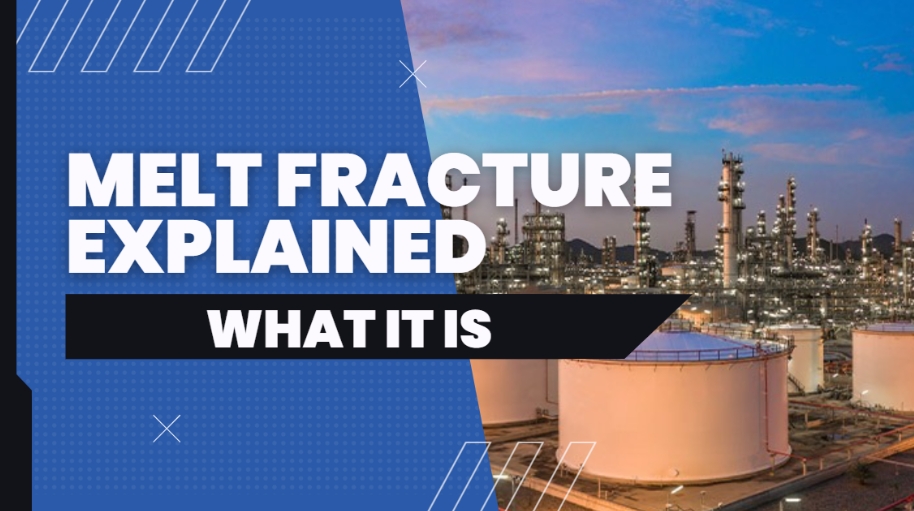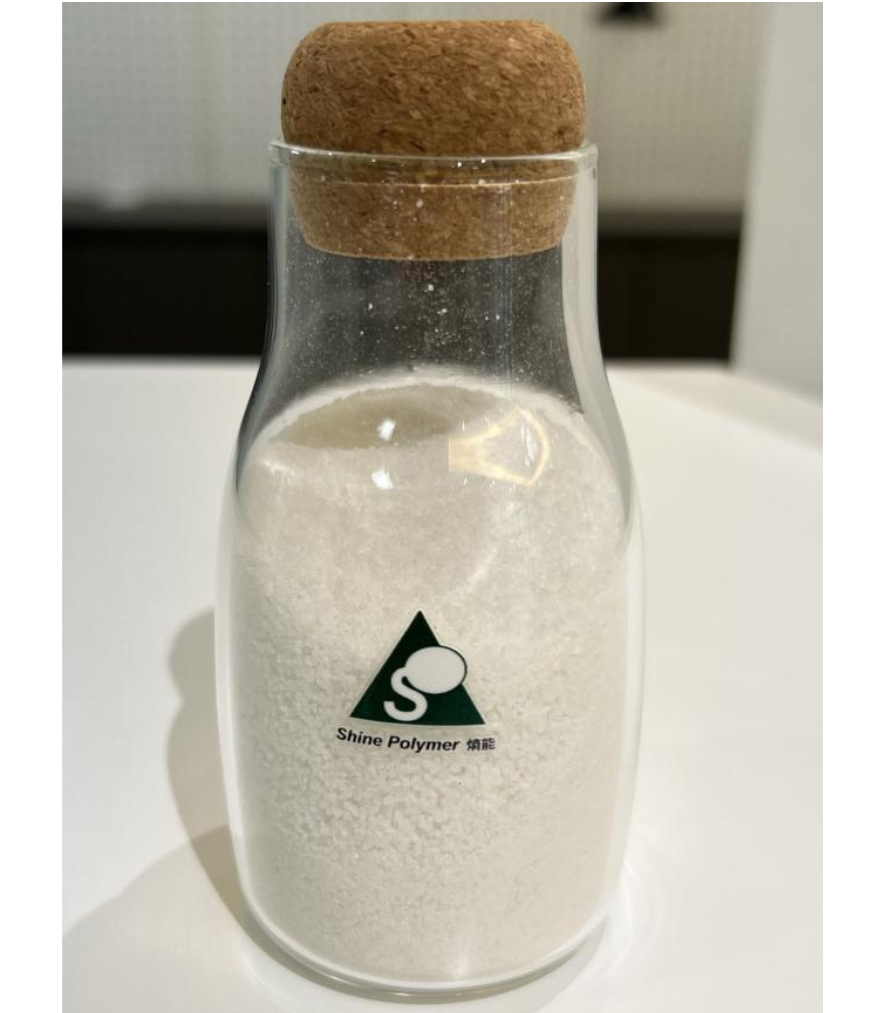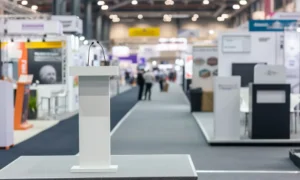When plastic is being shaped in a factory, sometimes it comes out looking scratched or wavy like a bad haircut. This is the melt fracture problem. It happens when the liquid plastic gets stressed going through the shaping tools. As an example, think of when water is splashing when a hose is bent too sharply. This article helps manufacturers understand melt fracture and produce better plastic products with smoother finishes.
Types of Melt Fracture
Melt fracture appears in different forms during plastic extrusion:
1. Sharkskin
Sharkskin is a mild form of melt fracture. It creates a rough surface that looks like shark skin and appears as small ridges on the product. The pattern repeats along the extrusion direction. Sharkskin occurs at moderate shear rates and affects visual quality but doesn’t severely damage products.
2. Gross Melt Fracture
Gross melt fracture is a severe defect that creates deep tears and irregular distortions. The extruded plastics show large cracks or spiral patterns. These defects make the plastic look completely damaged. Gross melt fracture happens at very high shear rates and makes products unusable for most applications.
Why Melt Fracture Happens
Melt fracture occurs due to high shear stress near die walls. Plastic melts experience friction when flowing through narrow spaces. The outer layers move slower than the center due to wall contact. This friction creates stress in the material. Polymer chains cannot handle the stress so they slip and separate from each other. This causes surface layers to rupture or tear.
The Importance of Preventing Melt Fracture
Melt fracture isn’t just a small defect – it can shut down entire production lines.
1. Impact on Product Quality and Performance
Melt fracture damages product appearance and functionality. Rough surfaces affect how products look and feel. Customers often reject items with visible defects.
The fractures create weak points in the plastics as well. The products can be susceptible to further fracture and failure under applied stress.
2. Cost of Waste and Rework
Melt fracture leads to significant production waste. Defective products are often discarded or reprocessed. Rework requires additional labor and machine time. The costs add up quickly in high-volume production.
How to Prevent Melt Fracture
Several methods can prevent melt fracture. Each approach targets different causes. Manufacturers often combine multiple techniques for the best results. The following are the key approaches:
1. Reduce Extrusion Speed
Lowering extrusion speed reduces shear stress in the die. Slower processing means less friction between melt and walls. This gives polymer chains time to flow smoothly. However, slower speeds reduce production rates so manufacturers must balance quality against productivity.
2. Modify Die Design
Die design changes can eliminate high-stress areas. Longer dies give the melt time to stabilize while smoother surfaces reduce friction and stress. Some dies also include special stress-relief zones.
3. Use Polymer Processing Aids
Processing aids are additives that improve melt flow. They reduce friction between polymer and die surfaces. These chemicals act as internal lubricants during processing and their small amounts can dramatically improve surface quality.
Shine Polymer Offers Advanced Polymer Processing Aids
Shine Polymer is a leading polymer additive manufacturing brand. The company offers advanced polymer processing aid solutions designed for superior performance. Its specially formulated fluoropolymer-based processing aids significantly increase polymer processing efficiency across various applications. The Rheopoly® PPA series features several key advantages:
- Low Addition Levels: 100-600 ppm means high cost-effectiveness for large-scale production.
- Easy Integration: White granular form ensures simple handling and uniform dispersion in polymer melts.
- Fast Conditioning: Excellent thermal stability and quick activation in the polymer melt for immediate processing improvements.
- Multiple Benefits: Eliminates melt fracture, reduces die buildup, improves pigment dispersion, and increases output.
- Broad Compatibility: Works effectively with LLDPE, HDPE, PP, and other thermoplastics.
Conclusion
Melt fracture is a serious defect that affects plastic extrusion quality. The problem occurs when high shear stress causes polymer melt instability. This leads to poor product appearance and reduced performance. Prevention is essential for maintaining quality and controlling costs. The seasoned brand Shine Polymer provides advanced polymer processing aids to eliminate melt fracture problems. These products help manufacturers achieve smooth surfaces and higher production rates.
Visit Shine Polymer’s website to browse its complete range of polymer processing aids.






























